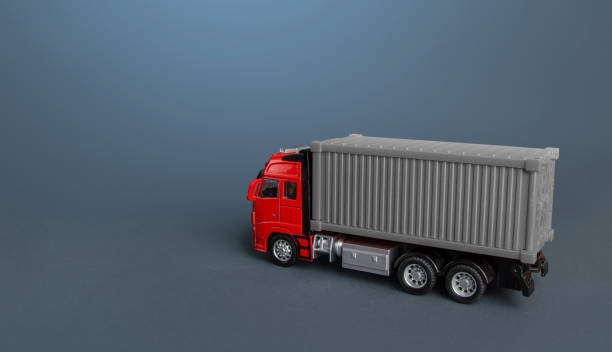
Meta Description: FCL versus LCL shipping? Contact your freight forwarder to find out which is best for your business. Which is best on your business? Discover the differences between Full Container Load and Less than Container Load, prices and advantages of each, and how to apply each one to achieve maximum logistic efficiency.

In the case of international shipping Full Container Load (FCL) and Less than Container Load (LCL) are both essential in understanding fcl lcl shipment. options might make a substantial difference in how your business is functioning, how much it costs you and when the delivery is scheduled expedition mode fcl. It is fundamental that there exist differences in these two types of shipping activities, understanding such differences is essential in making informed decisions in logistics, which will suit your business requirements as per the available funds.
FCL means a shipping mode where you hire a complete container to yourself to use no matter whether you fill it up or not. LCL, on the other hand, means sharing container space for vận tải biển số lượng lớn with other freight owners. with other freight owners, and you only pay the price of the space your package/Goods will occupy. This is the difference that is the basis of all other differences between these two shipping solutions.
Decision on FCL or LCL influences the aspects of price and transportation time to the aspects of security and handling needs. Both approaches have their own exclusive benefits and drawbacks that should be thoroughly considered according to your particular needs in terms of shipment, the amount of cargo, budget, and schedule.
Understanding FCL (Full Container Load) Shipping
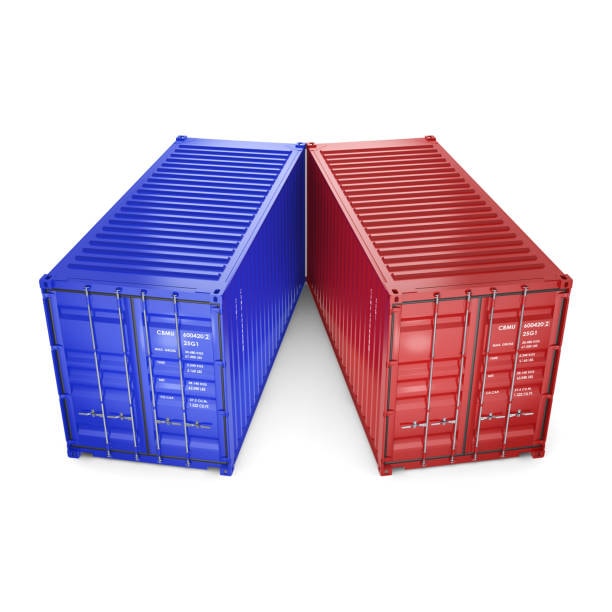
Full Container Load consists in letting you use the whole shipping container freely with your cargo. The technique is the most suitable when dealing with the cargo levels that are vast within the company or one that seeks stronger security and control over their goods. When you pick the FCL, it means you are actually renting the entire single container that usually comes at regular sizes. that usually comes at regular sizes of either 20-foot or 40-foot containers.
The essence of the first benefit of the FCL shipping is its simplicity and security. Your goods are loaded at the origin, sealed and left unopened until it gets at the destination. This minimizes chances of damage, loss or contamination, providing examples and practical applications of FCL shipping’s benefits. that may happen through repeated handling procedures. Moreover, the transit times tend to be quicker with FCL shipment because there is no consolidation and deconsolidation process at intermediate ports.
It is also more flexible in FCL shipping with regards to type of cargo and cargo packaging. You are allowed to pack different items together, combine different types of packaging, and you can even put things in that may not be appropriate to communicate container shipment. This is a good approach especially to organizations, where several expediters are grouped together to enhance shipping efficiency. which deal in fragile, valuable, or dangerous products that must be handled in a special manner with security precautions.
FCL shipping does however demand minimum volume commitment and you pay for the full use of the container even though you may not actually make use of it. It is therefore less economical on smaller loads and becomes more competitive as the volume of your cargoes reaches to the close to the capacity of the container.
Understanding LCL (Less than Container Load) Shipping
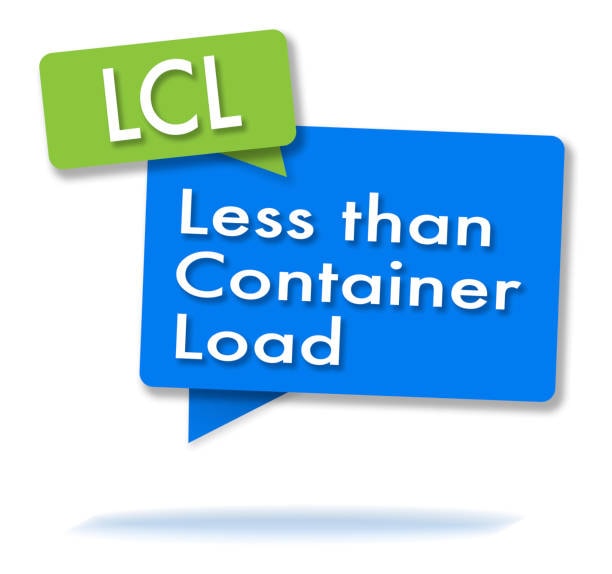
Less than Container Load is shipping where several shippers share container space, which includes packages of several expediters. and therefore it is cost-effective especially when the shipment is a small size and does not need a whole container. Under LCL, you will be charged per cubic meter or amount of weight that your cargo will occupy and this makes LCL a low cost solution to the businesses with low shipping volumes.
The LCL process entails consolidation of several small shipments owned by separate shippers at the port of origin and deconsolidation of the shipments at the port of destination to deliver the shipments separately. This commonality saves a lot of shipping expenditure in small volumes, however, this would add complexity in terms of handling and transportation time.
The small and medium-sized businesses can use LCL shipping as one of its major advantages is the ability to be accessed by them. It does not require you to have so much cargo to be able to occupy a full container and this enables you to make more shipments and manage better your inventory. This leeway is of great value to seasonal business as well as demonstrating lcl shipments in practice. or to ones who are trying out new markets using smaller quantities.
With LCL shipping, however, there are more handling points and hence more chances of damage or delay. Your cargo will pass through many hands during consolidation and deconsolidation and whatever happens to other shippers goods in the same container may influence your delivery schedule. Also, some kinds of cargo cannot suit LCL cargo as a carrier due to compatibility or unique handling.
Cost Comparison: FCL vs LCL
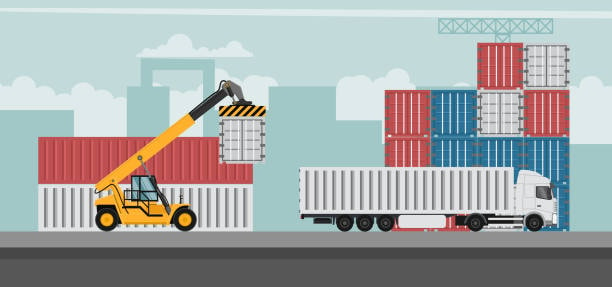
Pricing of FCL and LCL shipments is quite different depending on the volume of cargo, the route, and certain demands. As a rule, FCL becomes cheaper in case you have about 50-70% of a container capacity, but it is possible to go higher (or smaller) depending on the shipping line and market specifics at the time when you intend to ship goods fcl lcl shipments.
In case of LCL movement, charges are computed on the basis of Cubic meter (CBM) or weight of your consignment leaving the choice of the carrier with the most profitable yield. This pricing model, which is based on the measurement, makes the LCL favorable when it comes to smaller shipment but costly when downturns become significant shipment loading unloading operations. Any more, LCL shipments have a tendency to be charged extra consolidation and deconsolidation administration at the origin and destination ports.
FCL rate is usually appraised in a container level basis, regardless of the size of the actual cargo content. This implies that when you are shipping a large quantity to accomplish filling or near filling a container it is preferable to use FCL. But where one may not fill the entire container space, you are actually paying to occupy some space which you are not using and LCL is therefore more cost-effective using smaller loads.
Along with the fundamental freight costs, take into account the additional control payments, the prices of making the documentation and the potential storage fee. The LCL shipments could be more costly in regards with handling cost because of the consolidation process, whereas the FCL shipments could have lower per-unit handling costs but overall charges because of the container rental.
Transit Time and Delivery Considerations
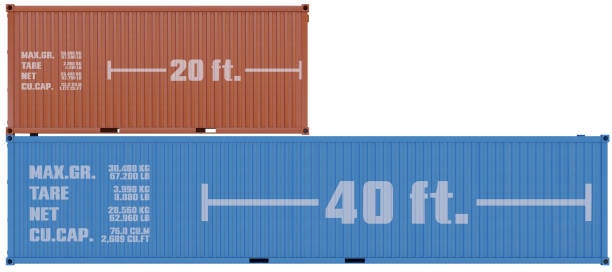
The pace of transit is one of the essential aspects to determine between FCL and LCL shipments. FCL shipments usually include more reliable and quicker delivery options because they are never consolidated or deconsolidated. When your container is loaded and closed, it goes through origin to destination boundary, avoiding the process of handling cargos.
LCL cargo usually takes longer to handle because of the consolidation process at the origin wharf and deconsolidation in the destination wharf. This may increase the total transit time of your shipment by 3-7 days depending upon efficiency of the consolidation facility and volume of shipment within the facility. LCL shipment could also be delayed when the cargo of other shippers in the same container falls into customs or documentation trouble.
The rate of sailings is also latent to the delivery times. FCL services tend to have more sailing and flexibility and LCL tend to have less frequent sailing depending on the consolidation drop schedule. That is, you may have to wait a longer time to wait on the next available LCL sail; thus, losing cost benefits to the long lead times.
FCL usually offers better control and predictability in time sensitive shipments. But in case you are not in a hurry with your cargo ship and saving money is prior., you could be glad to suffer the longer time that LCL takes in its transit because of the low price that you will get your shipping at.
Security and Risk Factors
An issue such as security is a key issue in the FCL vs LCL decision. In FCL shipments, you will be provided with extra security because once your cargo has been loaded it is sealed and no one touches it until the place of destination grouped shipment loading unloading. This eliminates chances of theft, damage, or contamination that may be experienced in case of repetitive handling processes. You also have the exclusive container use, which implies that you can dictate whatever can be shipped with your cargo loading unloading operations breaking.
The LCL movements have numerous points of handling or sharing of containers which from itself pose security threat. After loading, your cargo will be in consolidation and deconsolidation facilities where there are chances that it can be damaged or lost transport excludes breaking bulk. Also, the possibility of being in the container with unidentified types of cargo content can be exploited by what may be deemed as incompatible cargo with other types of cargo that are sensitive or fragile unloading operations breaking bulk.
The two methods also differ on insurance consideration. In terms of insurability, on the one hand, the fcl lcl contract should be carefully evaluated. , both FCL and LCL shipments ought to be insured but the risks profile is different other modes. The insurance cost may be lower in FCL shipments as there is fewer handling and stronger security as compared to LCL shipments which have more extensive coverage to cover these risks as they are more exposed port destination the packages.
Different risk profiles may also occur during documentation and custom handling. FCLs shipment will also be easy to document as it holds cargo of one shipper, whereas LCL will be of more complicated nature of documentation as the container will need to hold cargo of multiple shippers. All the documentation problems or other shippers cargo may cause delay of the whole container, influencing your delivery schedule.
Making the Right Choice for Your Business
To choose FCL or LCL shipping, one has to critically analyse their individual business requirements, cargoes characteristics as well as business terms shipment by ocean freight. In taking this decision, consider the rate at which you normally ship goods, urgency of shipment, budget issues, as well as the timing of deliveries.
Select FCL when the shipment volumes will be large (usually 15 or more cubic meters) or when security and control are high priorities, when cargo must be there on time, or when awesomely valuable or delicate items must make the voyage. When you have mixed merchandise or individual packaging needs, that may not be applicable in shared container shipping, FCL will also be a better option different stages of fcl.
Loyal customers should consider going LCL when their shipment volumes are lower, when they want to reduce holding costs of their inventory, when they are required to be flexible in shipping frequency or making test shipments in new markets with minimal initial orders. LCL is especially advantageous to companies shipping in an erratic manner or to those that need to have their product move inexpensively as opposed to on time.
Consider hybrids where it is appropriate. FCL may be suitable in some businesses where they opt to use it in their regular, large volume shipments and LCL to make supplementary or urgent smaller shipments abbreviation full container load. Such approach will enable you to streamline your expenditures and still be flexible in your activities.
About Shenzhen Guanwutong International Freight Forwarding Co., Ltd.
GWT Worldwide is a professional logistics service provider specializing in global freight forwarding, supply chain solutions, and cross-border e-commerce logistics. With expertise in both FCL and LCL shipping, we offer comprehensive vận chuyển hàng không, sea freight stages of fcl lcl, China-Europe railway transport, international express services, customs clearance, warehousing, and Amazon FBA support. Our focus on efficiency, transparency, and customer satisfaction, combined with advanced logistics technology and a global network of trusted partners, ensures your goods move safely and compliantly from origin to destination choice of expedition mode.
Phần kết luận
As you could see the decision on which shipping; FCL and LCL is right or wrong really depends on the mode fcl or lcl. really depends on your business needs, the quantity of cargo and your budget and deadlines. FCL provides higher security, quick transit time and greater control but at a higher level of volume to be economical. LCL is more flexible and cost-effective with smaller freight shipments; however, has a longer transit time and higher risks of handling. With intelligent analysis of these factors to work with reputed partners in logistics, you can make objective decisions to streamline your shipping services and maintain the development of your business.


Thank you for reading!
Have questions, corrections, or better ideas? We’d love to hear from you!
We value every piece of feedback and promise to reply within 24 hours. Let's make this guide better together!
Note: Spam comments will not be published.